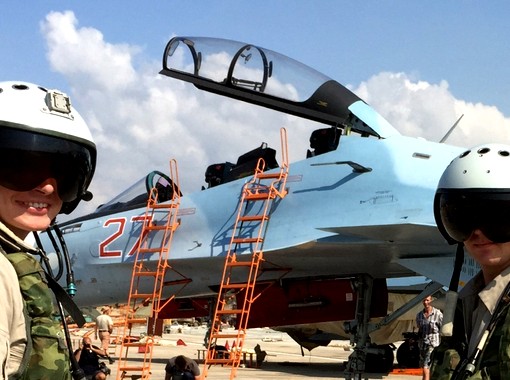
Russia will sell USD14 billion worth of arms in 2016, the head of the Federal Service for Military and Technical Cooperation Alexander Fomin said on May 18, 2016, calling the military operations in Syria a “good advertising” for the country’s military hardware.
While arms exports in the amount of USD14 billion keep Russia in the second place after the U.S. in the global arms trade, this figure marks a 3.5-percent fall from a record of USD14.5 billion of defense products exported to 58 countries in 2015. Fomin estimated the full exports order book in the military sector at up to USD56 billion, while noting that the Association of South-East Asian Nations accounted for half of the exports in 2015.
He also highlighted Africa as being the second most attractive market after South-East Asia in terms of upside potential. The official confirmed the supplies of S-300 anti-aircraft systems to Iran and noted that Russia is discussing possible arms sales to Myanmar amid softened sanctions on the country. Since its start in September 2015, Russia’s military campaign in Syria demonstrated the use of the country’s latest technology, including cruise missiles, and was an effective showcase for Russian armaments.
“The developments in Syria and the participation of Russia’s Aerospace Forces and other military units, as well as the deployment of new weapons, inadvertently created a vivid advertising stream – our weapons proved to be the most high-precision, selective, effective at long ranges and in terms of their tactical depth,” Fomin told reporters.
“We did not seek this, as there should be no advertising at a time of war, but it was necessary to conduct the operation to establish peace in Syria and destroy the terrorist groups,” the official added.
In March 2016, Russia’s President Vladimir Putin ordered the withdrawal of the main battlegroup from Syria, although some aviation units remain.
Despite the Western sanctions imposed against Russia over the Ukrainian crisis, the country managed in 2014 to slightly increase the level of its defense exports from that registered for 2013 by USD22 million to USD13.2 billion. The demand for Russian weapons is now so high that manufacturers can barely cope with the orders, including export contracts, President Putin said in March.
“The capabilities of our equipment and armaments were also convincingly demonstrated in their practical application during combat situations when fighting the terrorist threat,” the Russian President said when visiting a modernized arms plant in Nizhny Novgorod.
Another potentially lucrative conflict that flared in Russia’s perceived sphere of influence is the dispute over Nagorno-Karabakh between Azerbaijan and Armenia, in which Russia has both hosted peace talks and armed the two sides.
After a Moscow-brokered ceasefire came into effect in April, Russia’s Prime Minister Dmitry Medvedev said that the selling of weapons to Azerbaijan and Armenia will not stop.
“If we imagine for a minute that Russia has given up this role [of an arms seller], we can well understand that this place will not stay vacant,” Medvedev told the weekly “Vesti on Saturday” program on Russian state TV.
The U.S., Russia, China, France, and Germany were the world’s top five arms exporters from 2011 to 2015, accounting for 74 percent of global arms exports, Vedomosti daily reported in February, citing the data of the Stockholm International Peace Research Institute (SIPRI).
Russia’s exports increased by 28 percent compared with the previous five-year period, as the country was selling weapons to 50 states and the insurgent forces in Eastern Ukraine, SIPRI reported. Contrary to the official statistics, the institute’s data shows that in 2014 and 2015 exports decreased relative to the figures seen in 2011 and 2013.
Russia’s main exports market is Asia, with India’s taking a 39-percent share of Russian arms exports. Vietnam and China accounted for 11 percent each. Meanwhile, the fastest growth in arms exports was registered for Azerbaijan, which boosted imports of Russian arms by 264 percent to a figure that accounts for 4.9 percent of total Russian exports.
Iran is also keen to renew its dilapidated military hardware, especially its tank force that was largely bought from the Soviet Union and Russia.
But despite the lifting this year of most international economic sanctions against the country, Russia was still prohibited from selling tanks to Iran. “Tanks, ships, missiles, and other attack weapons fall under U.N. sanctions,” Fomin said. “Such deals might be possible only when the bans are gone.”
However, Moscow still insists on the validity of the S-300 missile deal with Iran, as this was commenced prior to the imposition of the sanctions and subsequently halted.


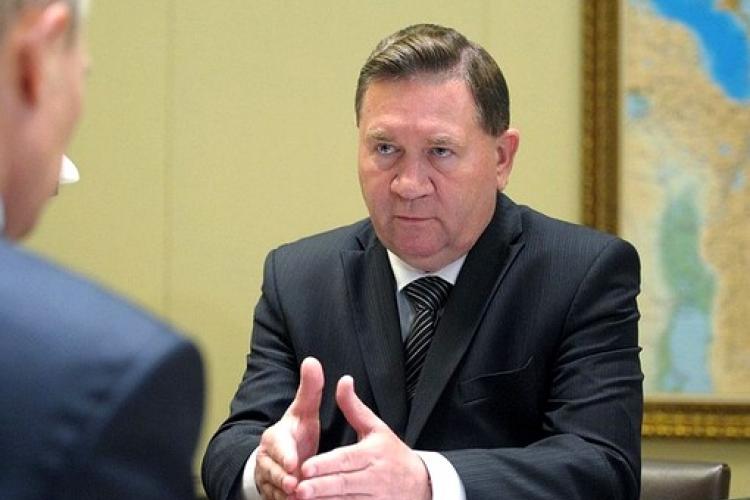
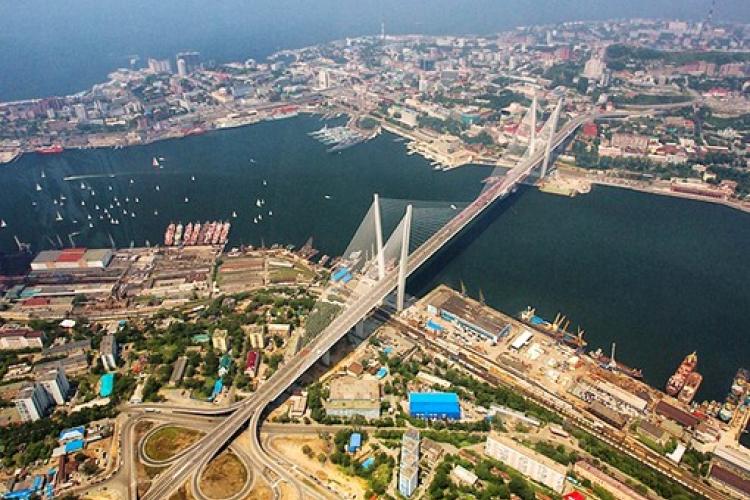
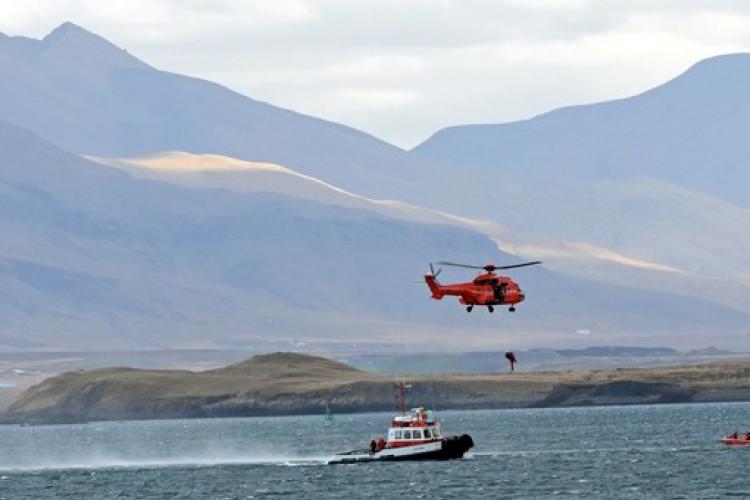
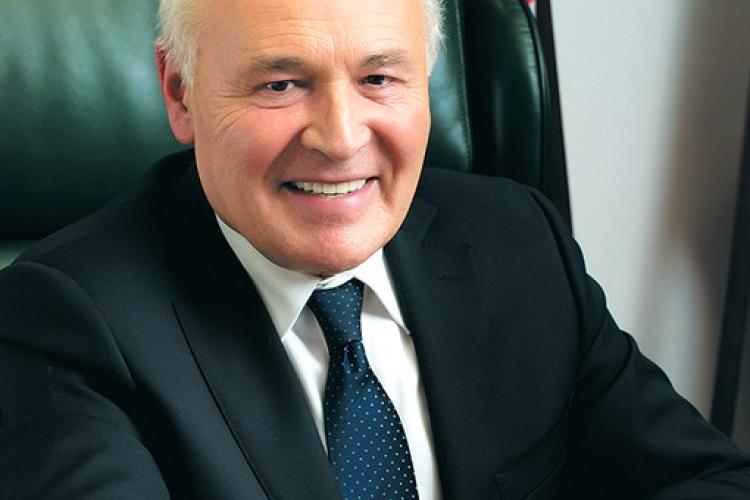
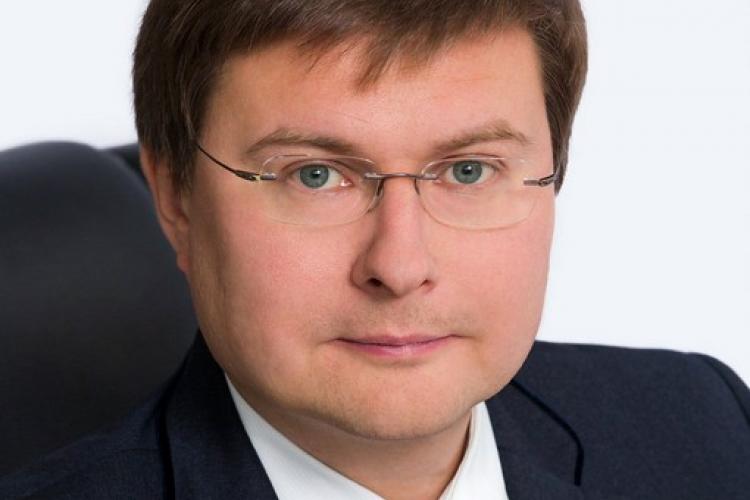
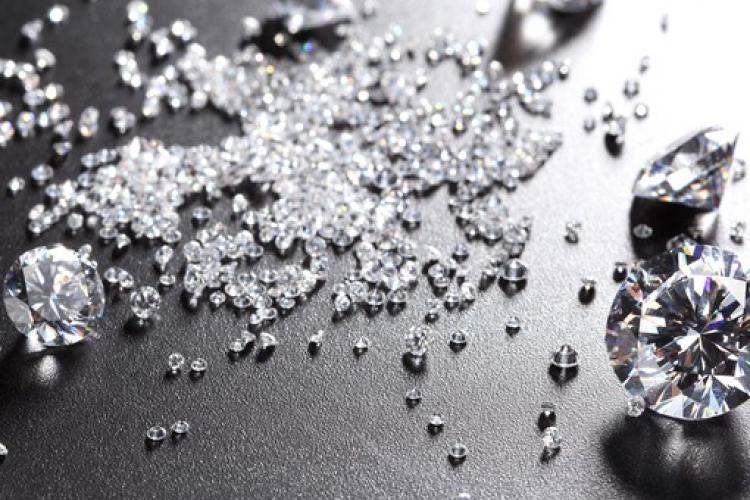

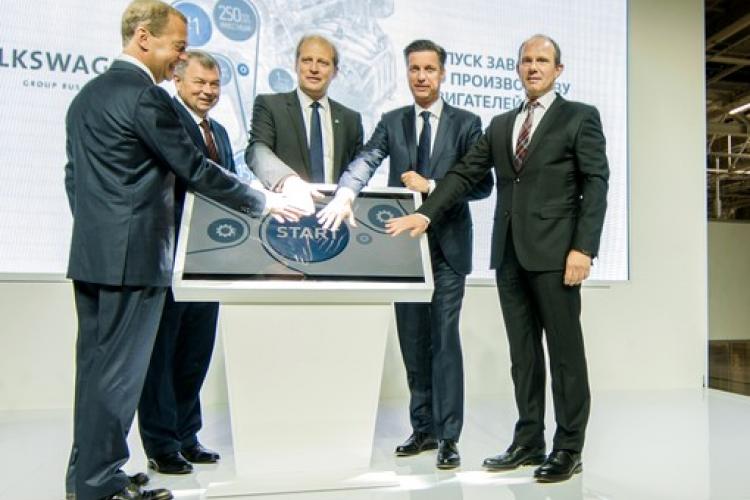
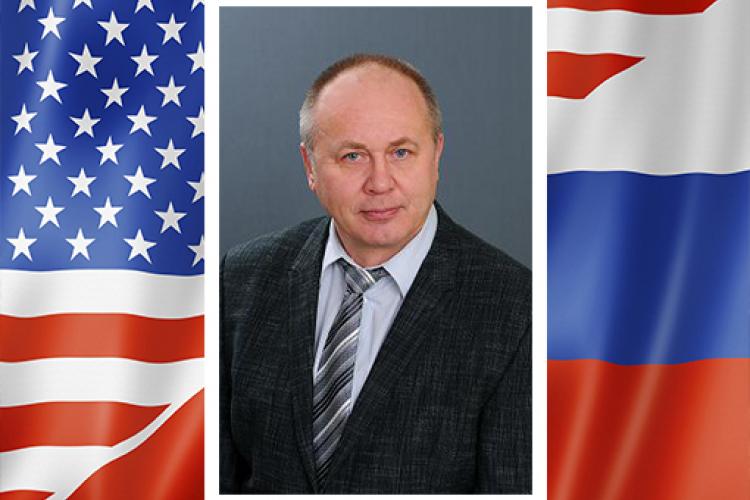

Leave a comment